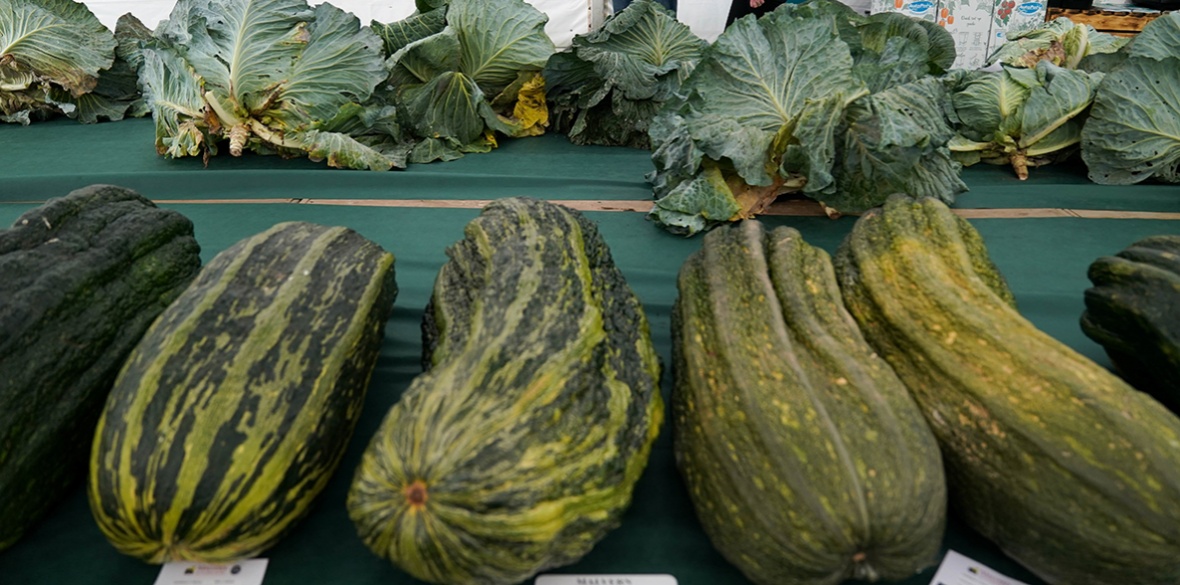This is the last article you can read this month
You can read more article this month
You can read more articles this month
Sorry your limit is up for this month
Reset on:
Please help support the Morning Star by subscribing here
ALMOST every vegetable gardener I know grows courgettes, but the full-size version, the marrow — once a mainstay of British allotments — seems somewhat neglected these days.
Perhaps part of the reason, as with many traditional vegetables which fall out of fashion, is people’s childhood memories of giant marrows grown for size, not flavour, and then mercilessly cooked until any remaining risk of taste or texture had been expunged.
But grown for the kitchen rather than the show bench, picked at the right time, and prepared according to the many excellent, modern recipes available online, I think marrows deserve to regain their former status.
Both marrow and courgette are the same species, but they are distinct cultivars, bred to have different qualities. So using an overgrown courgette as a marrow, or an undersized marrow as a courgette, may not be satisfactory. For marrows, in other words, start with marrow seed.
April’s a good time to start the seeds indoors, in a light position at a temperature of something like 65-70°F (18-21°C). Don’t fret too much about the exact figure: the seeds will germinate pretty reliably in the warmth of an average home.
Sow each seed in a separate pot of seed compost; most people use one that’s 3 or 3.5 inches (7.5 to 9cm). Again, precision isn’t important — a smallish plastic plant pot is what you’re looking for. You may need to move the young plant on once or twice to a slightly larger pot, if the roots start showing through the drainage holes underneath or if the seedling grows so much that it’s toppling over.
Maintain the same gentle warmth and good light until late May, when the marrow is ready to be planted outside. Each plant will eventually take up a space about 2-3 feet (61-92cm) square, and that needs to be in a fairly sunny position in quite deep, rich soil.
You can fake the richness of the soil by digging out a hole that’s the depth and width of a spade’s blade, filling it with water and then compost or manure, followed by the earth you’ve just displaced. That creates a little hill into which you plant the marrow. If you’ve got any fresh lawn mowings, put those in the hole with the compost.
The seeds can also be sown straight into the ground during late May or early June, a method that’s less reliable but also less fuss. At each position where you want a marrow to grow, sow two or three seeds half an inch to 1 inch (1.27cm to 2.5cm) deep, covered with a jam jar for extra warmth. This method of “station sowing” gives insurance against not all the seeds making it, and you later remove any extras that do come up leaving one per station.
Marrows can be successfully and easily stored over winter, after their rind has turned hard in autumn, but the best for eating are young marrows, on which the skin is still soft and edible.












